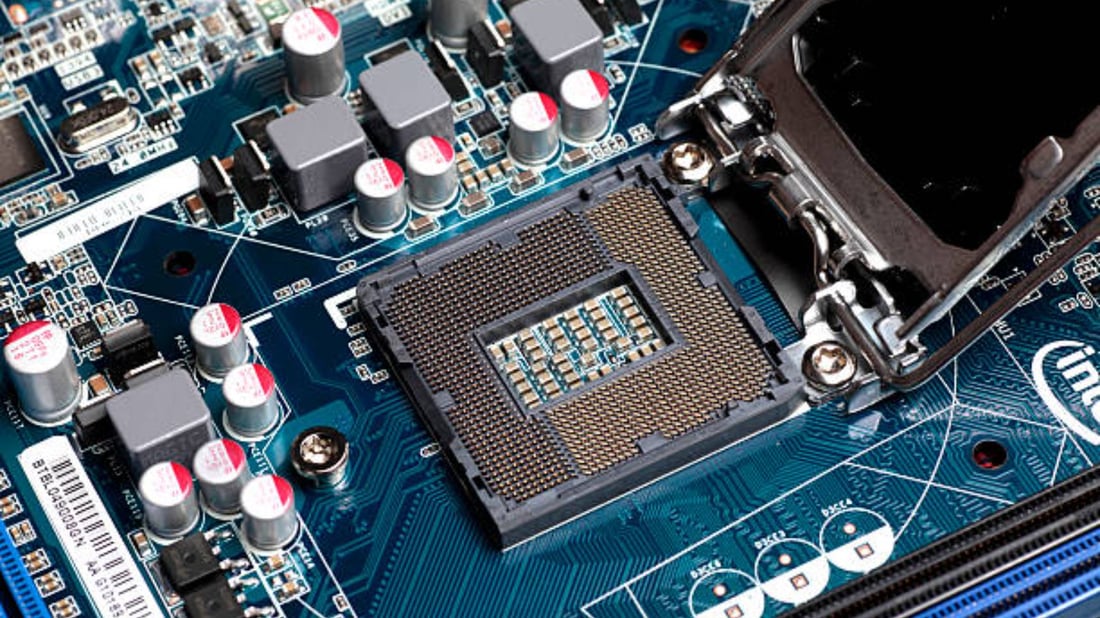Maximizing Heat Dissipation
Heat sinks are designed with fins to increase the surface area in contact with the surrounding air. This increased surface area helps to dissipate heat more efficiently, allowing for better cooling of electronic components.
Improving Thermal Performance
The purpose of the fins on a heat sink is to enhance the overall thermal performance of the device by promoting heat transfer. The fins provide additional pathways for heat to travel away from the heat sink, preventing overheating and potential damage to sensitive electronics.
Enhancing Airflow
Fins on a heat sink play a crucial role in enhancing airflow by creating turbulence that helps to carry heat away from the device. The shape and arrangement of the fins are carefully designed to optimize airflow and improve cooling efficiency.
Increasing Efficiency
By maximizing the surface area for heat dissipation, fins on a heat sink help to increase the efficiency of the cooling system. This allows electronic components to operate at lower temperatures, reducing the risk of thermal throttling and improving overall performance.
Preventing Heat Buildup
One of the essential functions of fins on a heat sink is to prevent heat buildup by providing a pathway for thermal energy to escape. Without adequate cooling, electronic components can quickly overheat, leading to reduced lifespan and potential failure.
Optimizing Thermal Conductivity
Fins on a heat sink are made from materials with high thermal conductivity, such as aluminum or copper, to facilitate the transfer of heat away from the device. This ensures that heat is efficiently dissipated and does not get trapped within the system.
Minimizing Hot Spots
Hot spots can develop on electronic components when heat is not properly dissipated. Fins on a heat sink help to distribute heat evenly across the surface, reducing the risk of hot spots and ensuring consistent cooling throughout the device.
Enhancing Reliability
By improving heat dissipation and thermal management, fins on a heat sink contribute to the overall reliability and longevity of electronic devices. Better cooling performance means less strain on components, extending their lifespan.
Supporting Overclocking
For enthusiasts who overclock their systems for higher performance, effective cooling is essential. Fins on a heat sink help to maintain lower temperatures during intense use, allowing for more headroom in terms of performance without risking overheating.
Ensuring Stable Operation
In summary, the purpose of the fins on a heat sink is to ensure stable operation of electronic devices by efficiently dissipating heat. This crucial component plays a vital role in preventing overheating, improving thermal performance, and enhancing the overall reliability of electronic systems.
Quote Inquiry
Contact us!

